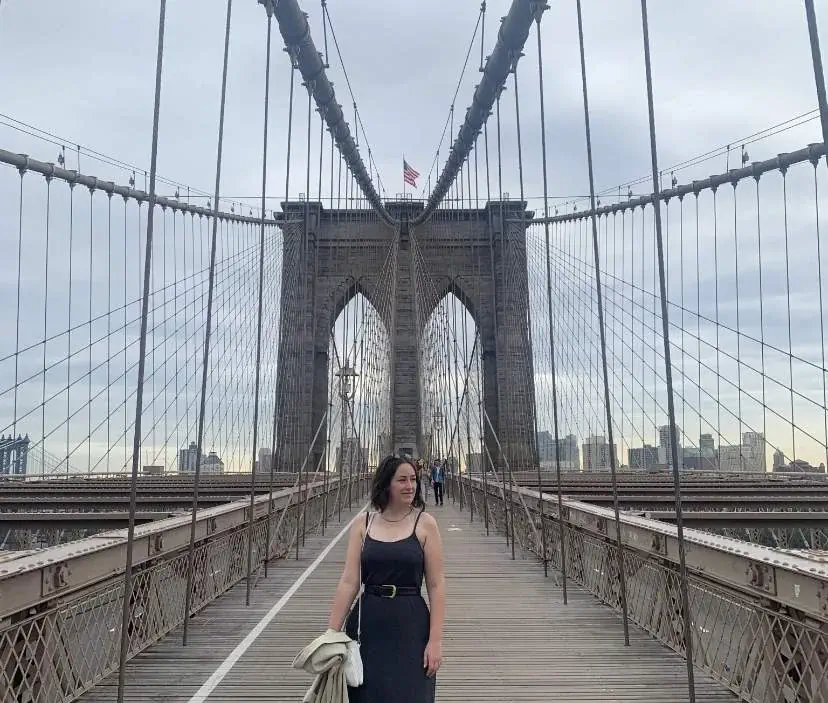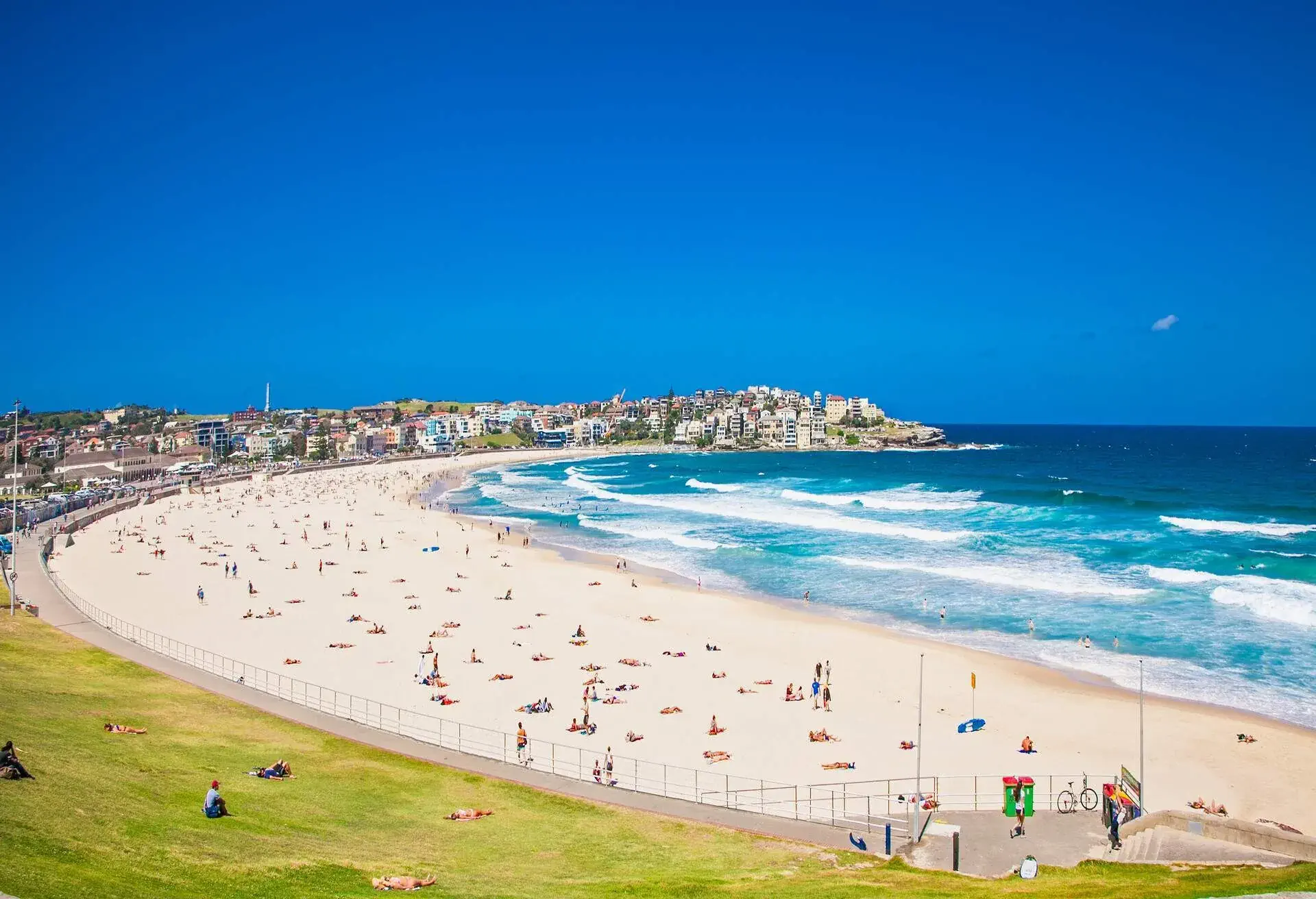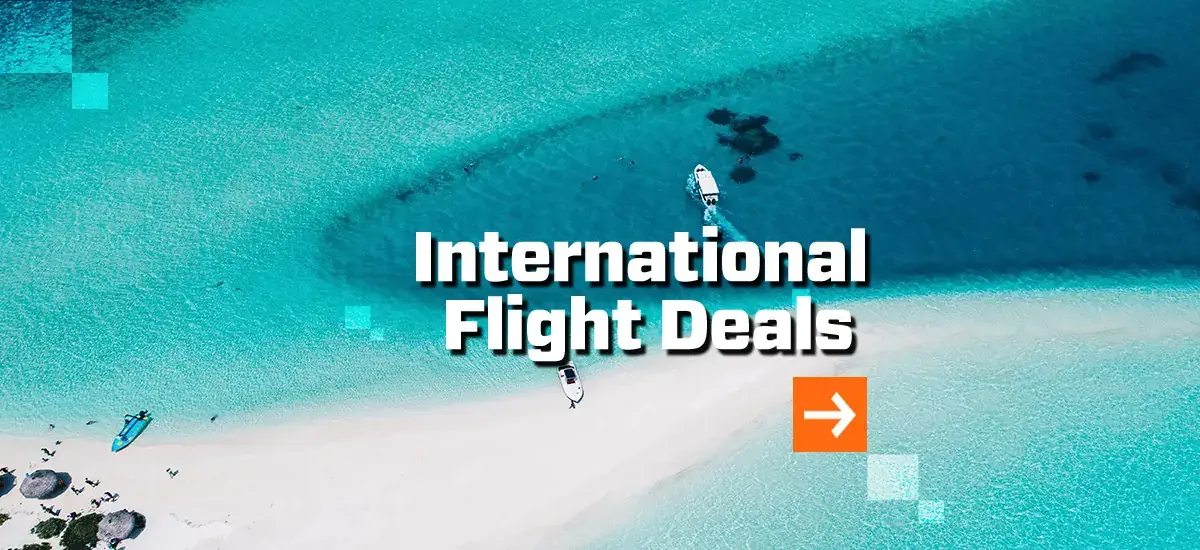By Emma Edwards
Travel is one of life’s great joys. Exploring new cultures, connecting with loved ones, lazy days in balmy weather, jam-packed schedules of bucket list ticking – whatever your style of holiday, there’s truly nothing like it. But there’s nothing like a crash back to reality than realising you’ve blown your budget. Here are 8 top tips for saving, planning and budgeting for your next trip so you can get away without breaking the bank.

1. Start planning well in advance
It sounds obvious, but the sooner you start planning your trip, the more in control you’ll feel when it comes to costs. You don’t have to start stumping up cash right away, but researching dates and destinations can give you an idea of base costs like flights and accommodation and help you start structuring your finances.
The KAYAK Best Time to Travel tool uses predictive data to forecast flight prices 9 months in advance. Simply plug in your destination and see visual charts illustrating the difference in flight prices and opportunities to save big by avoiding peak season. By sacrificing a few degrees in temperature, you could save.
2. Be strategic with when you book flights
It’s not only when you travel, but when you book that matters. Booking too far in advance could mean not all providers have released their flight schedules yet, but booking too close to your departure date may mean you’re competing with high demand and paying a last minute premium.
The Best Time to Travel tool helps you with when to travel and when to book, by using KAYAK search data to analyse and monitor price changes on your chosen routes. Sign up to receive alerts on your flights so you can pounce if they get cheaper, and get a warning if prices are climbing.
3. Research activities, transport and invisible costs
On top of your base costs of flights and accommodation, it’s important to plan for activities and invisible costs like parking, transport/transfers, baggage. Depending on your location, you may need to consider taxes, tips and resort fees, too.
Knowing these costs in advance can help you budget better and avoid spending more than you intended. Map out a rough itinerary for each day, remembering to look for hidden costs in getting from one place to another. From here you can prioritise your activities and schedule based on your must-dos.

4. Start a savings fund early
The earlier you start saving for travel, the better. As soon as you know you want to travel, start stashing a little money each week towards your trip. Once you have a more concrete idea of your trip’s total cost, take that total and divide it by the number of weeks until you travel (or until you’re booking), to work out how much you need to save to have paid for the trip by the time you go.
5. Remember spending money
The holiday mindset can make it easy to splurge on daily expenses while you’re away, but planning for your spending money can make your trip a financial breeze. Decide on the average amount you want to spend per day, and multiply that by the number of days you’re travelling – don’t forget airport days! You can add this total to your trip price and work towards saving for it with your weekly savings plan. Plus, knowing how much you’ve planned to spend per day can help you make smarter spending decisions while you’re there.
6. Include a buffer
Whether you’re planning flight prices, spending money or accommodation, adding a little buffer to your total is always wise. It helps prepare for unexpected extras or unplanned fluctuations in costs. If you don’t need it, you’ve got a little extra spending money while you’re away, or you can use it to start saving for your next trip.
7. Compare accommodation prices
Per night accommodation prices can vary drastically across providers, and inclusions and room types can vary too. Be sure to compare accommodation before you book to ensure you’re getting the best price to value ratio. Remember, paying a little extra can sometimes save you more money, too. For example, being within walking distance to local amenities could save you daily cab fares, and food and drink inclusions like breakfast or dining credits could save you big in eating out expenses.
8. Experiment with different trip lengths
If you can, be flexible with dates and durations for your trip. Being bound to specific dates can cost you if, for example, your return date falls on a peak travel day, or you plan to be in a certain city during a major event. Experimenting with dates and trip lengths can help you optimise your bang for buck. The Best Time to Travel tool helps you do exactly this.
The KAYAK Best Time to Travel tool is your new travel planning companion, giving you the power to optimise your travel plans and maximise your budget.







